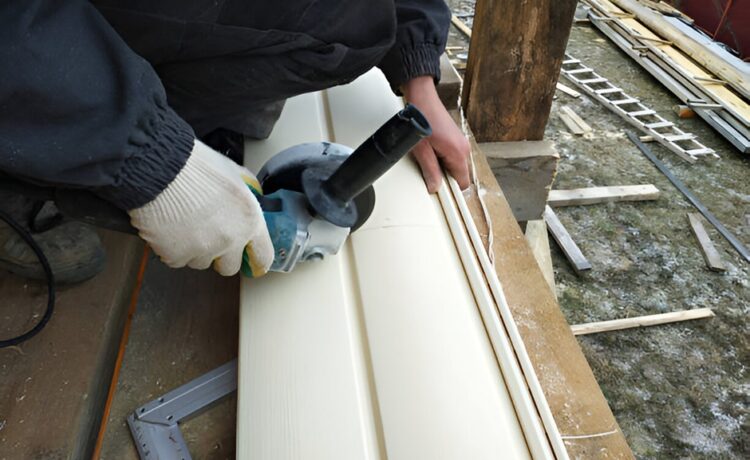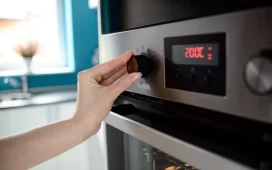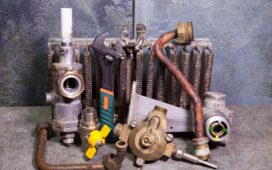Wood is a durable and attractive siding option, often lasting over 30 years. However, poor-quality siding and weather conditions can necessitate replacement sooner. To avoid costly damage, it is essential to replace the siding at the first sign of issues.
While wood siding offers benefits like low thermal conductivity, it requires frequent maintenance. Eventually, its natural qualities lead to breakdown.
If you notice any of the following signs, contact Alpine Siding Pros, who is a highly experienced and reputable siding exterior installer to offer you a complimentary estimate.
1. Broken/cracked wood siding
A cracked siding board does not mean replacing all the siding, but prompt repair is crucial to prevent further damage.
If you notice cracked or broken wood siding, contact a contractor to check for underlying damage or rot.
2. Faded wood color
Worn-out siding color from weather or sun indicates it is time to renovate. Good wood siding lasts about 30 years with proper care. If you’re re-staining or repainting frequently, it is a sign your siding needs updating.
3. Warped or loose siding
Loose siding is vulnerable to moisture, which can damage the wood. Check for dampness and softness, signs of rot.
While replacing a single board is simple, extensive warping or looseness requires a professional’s attention.
4. Bubbling on wood
Bubbling in wood siding indicates improper sealing and trapped water. At the first sign of bubbling, replace the affected boards to prevent further structural damage. This will protect both the interior and exterior of your home.
5. Signs of mold or mildew
Mold on wood siding is common and often just needs cleaning. However, mold around seams or large areas indicates improper sealing or cracks, signaling moisture damage. Check for cracks, and if extensive mold is present, consult a contractor.
6. Dry rot
Dry rot, a fungus from moisture build-up, signals the need for siding repair. It is hard to detect as it affects the under layers.
Check for shrunken wood, darkening, cracks, cotton-like substances, or strange odors. If you notice any of these, contact a contractor.
7. Peeling paint inside
Peeling or bubbling paint often indicates moisture problems. If your walls need frequent touch-ups, your siding might be the culprit.
Loose, rotted, or old siding fails to protect your home, allowing moisture in. Consider updating your wood siding.
8. High power bills
Drafty windows and doors often cause high energy bills, but bad siding can also be to blame. Poor-quality boards, improper installation, or inadequate sealing can lead to heat loss. If your power bill spikes, contact your contractor.
9. Pests and bugs noticed
The wood siding on your home can be damaged significantly due to the following pests and bugs:
- Termites
- Carpenter ants
- Powder post beetles
- Carpenter bees
- Woodpeckers
Don’t ignore the presence of these pests otherwise you may need complete replacement.
10. Interior wall damage
Your siding can be the cause of multiple patches of flaking paint or wallpaper in your home. This is due to the fact that poor siding permits moisture to enter your home and harm its interior.
If you notice any of the above signs then you must contact an experienced siding replacement experts to get them replaced immediately.







